Top 10 Failed Assassination Attempts In The World Of All Time
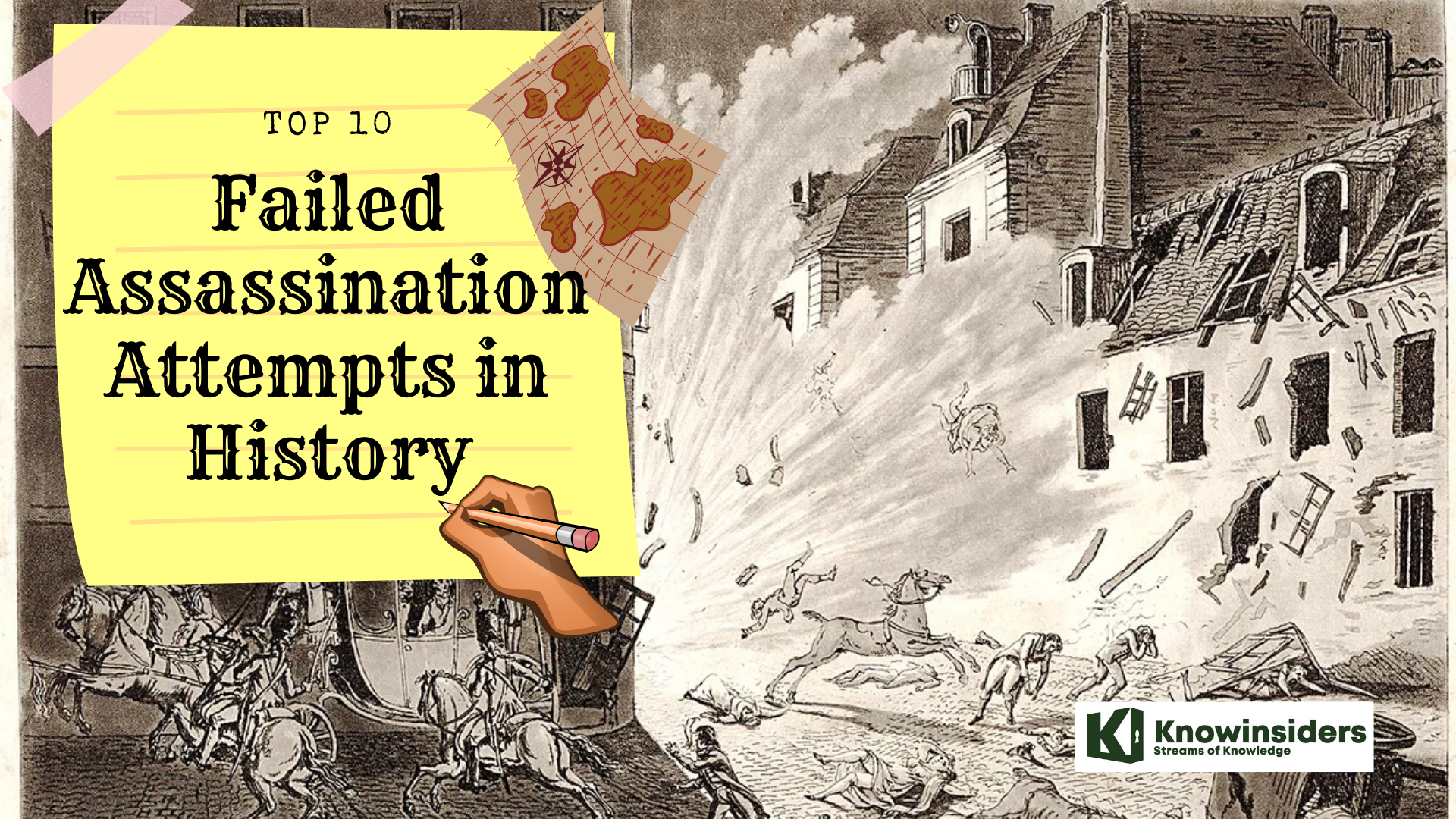 |
| Top 10 failed assassination attempts throughout history |
The act of assassination, the killing of a notable person for political, religious, or monetary motivations, goes back hundreds of years. The term assassin is derived from the Arabic phrase hashīshīn or “hashish users,” a fanatical Muslim sect that murdered the leaders of rivals during the Crusades while under the the influence of hashish.
Many historical figures of consequence, from at least the time of Julius Caesar, have been targeted for assassination by opposition groups, terror organizations, disillusioned individuals, or mentally unstable people. It wasn’t until the advent of guns and gunpowder in the Middle Ages that the method of attack became more deadly. Monarchs such as England’s James I and Napoleon were the targets of gunpowder and bomb assassination attempts.
Let’s take a look at top 10 failed assassination attempts in history.
The List of top 10 failed assassination attempts throughout history
10. Vladimir Lenin, leader of the Soviet Union
9. Theodore Roosevelt, U.S. presidential candidate
8. Henry Clay Frick, American industrialist
7. Victoria, queen of the United Kingdom
6. Andrew Jackson, president of the United States
5. Napoleon, first consul of France
4. George III, king of United Kingdom
3. Houses of Parliament
2. Zhu Houcong, emperor of China
1. Edward Longshanks, king of England
What are the failed assassination attempts throughout history?
10. Vladimir Lenin, leader of the Soviet Union
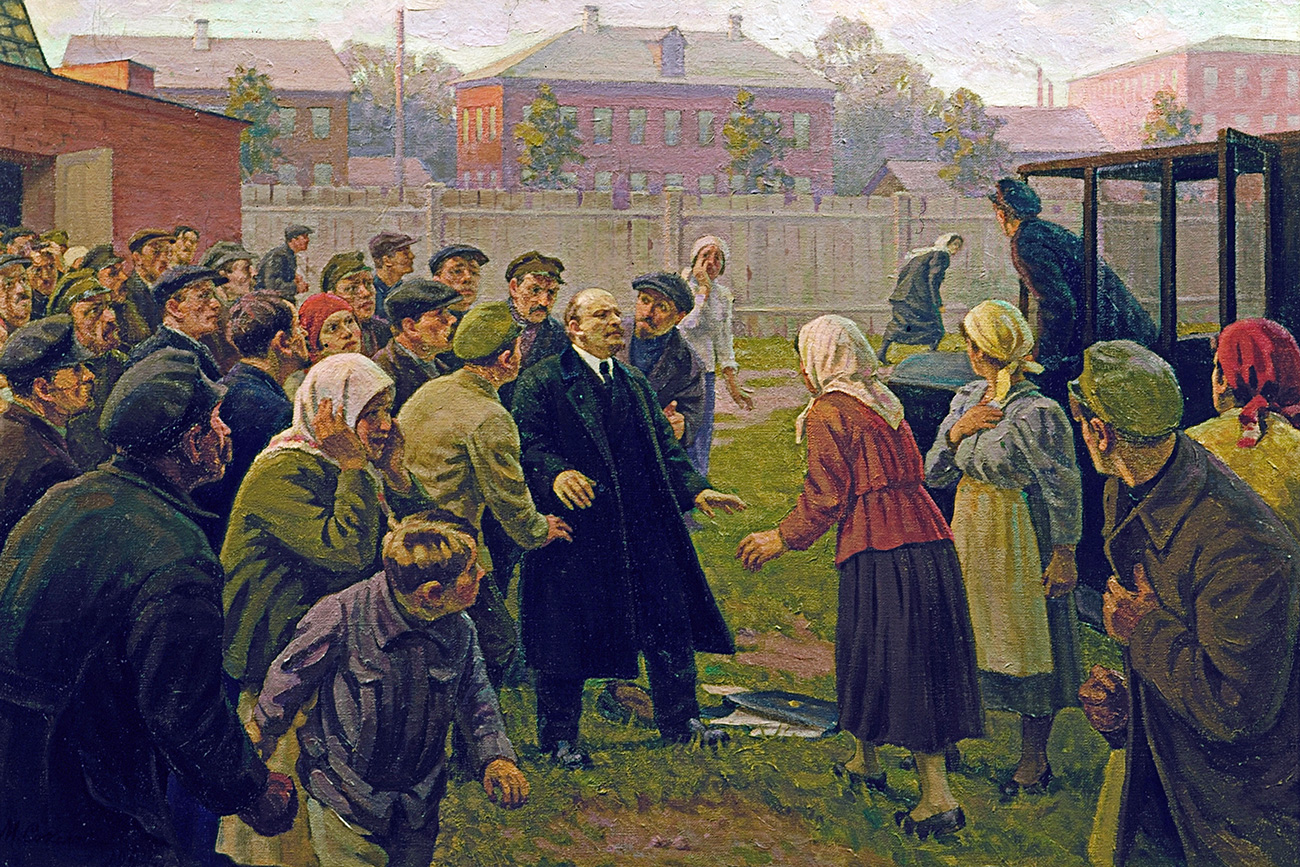 |
| Photo: Russia Beyond |
On August 30, 1918, at the Michelson Plant in Moscow, an attempt was made on Lenin, according to the official version – by the half–blind Socialist Revolutionary Fanny Kaplan. As a result of the assassination attempt, Lenin was seriously wounded (the question of the organizers and participants in the assassination attempt, as well as the involvement of Fanny Kaplan, remains unclear to this day).
On the morning of August 30, 1918, the Chairman of the Petrograd Extraordinary Commission, Moisey Uritsky, was killed in Petrograd. Despite the news of this murder, no additional security measures were taken in Moscow. The speeches of the members of the Council of People's Commissars at the factory rallies, scheduled for 18:00, were not canceled. Lenin was supposed to speak at a rally in front of the workers of the Michelson Plant. He left for the plant without security. There was no security at the plant itself. Lenin's speech at the rally ended with the words: "We will die or win!". When Lenin left the plant and was getting into the car, a woman approached him with a complaint that bread was being confiscated at the railway stations. At this point, Kaplan fired three shots. Lenin's driver, Stepan Gil, rushed after the unknown, but after a while she stopped herself, was arrested and taken to Lubyanka.
Lenin was unconscious immediately after the assassination attempt. Doctors discovered that he had a dangerous wound in the neck under the jaw, and blood entered his lung. The second bullet hit his arm, and the third hit the woman who was talking to Lenin at the moment the shots began. The extraordinary commissioners established that the unknown is a former anarchist Fanny Kaplan, who before the revolution was involved in the assassination attempt on the Kiev Governor–General. In exile she joined the Socialist Revolutionaries. By her own admission, Kaplan sympathized with the regime of the Committee of Members of the Constituent Assembly and the leader of the Socialist Revolutionaries Chernov, and she decided to kill Lenin as revenge for the dispersal of the Constituent Assembly. She was quoted as saying: "I shot Lenin because I consider him a traitor. Due to the fact that he lives for a long time, the onset of socialism is postponed for decades."
9. Theodore Roosevelt, U.S. presidential candidate
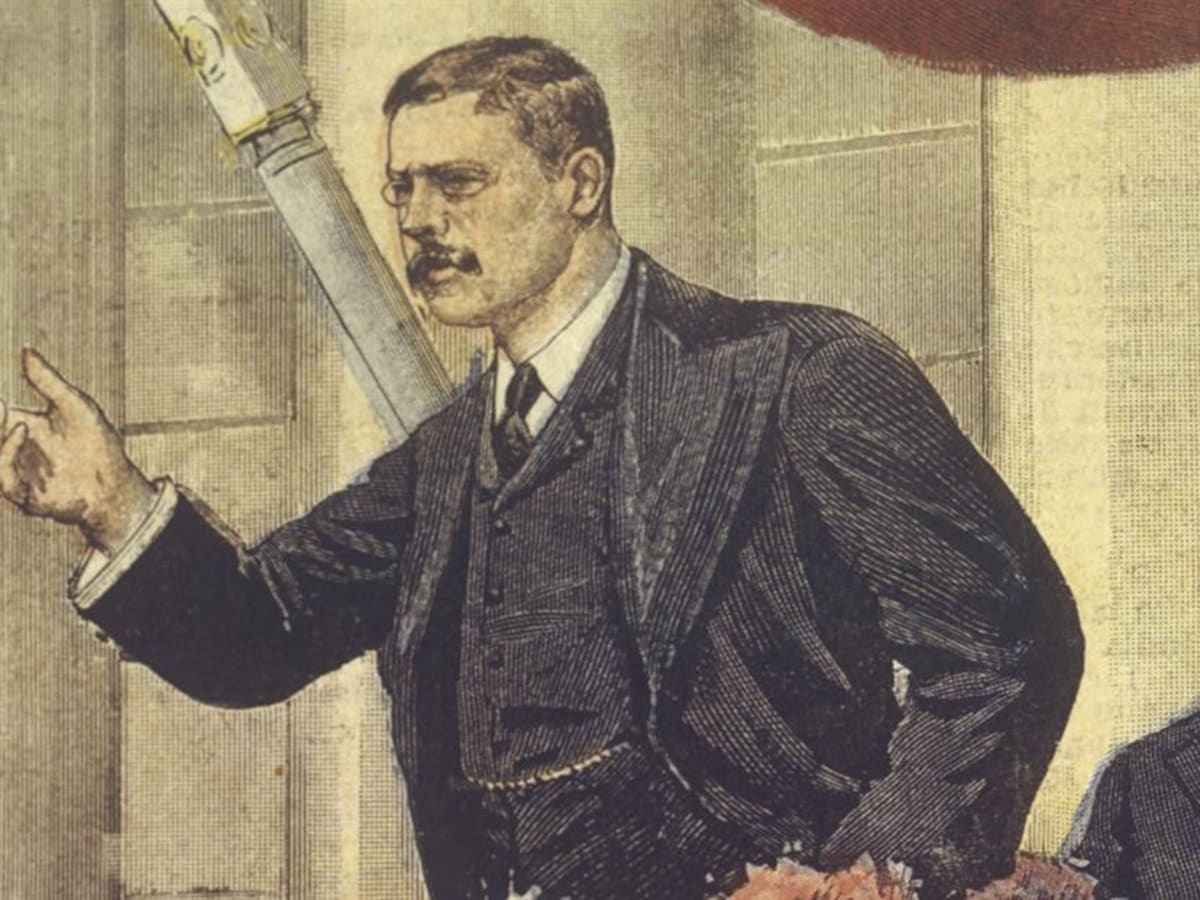 |
| Photo: History |
John Flammang Schrank (March 5, 1876-September 15, 1943) attempted to assassinate Theodore Roosevelt on October 14, 1912. As a young child, Schrank immigrated from Bavaria with his parents, who died soon after their arrival in New York. The deaths of his girlfriend and the aunt and uncle who raised him clearly took a toll on his emotional health. After a short stint as a saloon owner, Schrank lived on the margins of society writing poetry and seeking solace in religion.
Historians look to a letter of September 15, 1912, found on Schrank after the assassination attempt, to explain his motives. The document suggests that he opposed a third presidential term, but it also recounts a dream in which President McKinley appeared to Schrank, blaming Theodore Roosevelt for his death and directing Schrank to seek revenge. Presumably because of this, Schrank followed Roosevelt, the Progressive Party candidate, on the 1912 presidential campaign tour. He saw his chance on October 14, as Roosevelt was leaving Milwaukee’s Gilpatrick Hotel and readying to deliver a stump speech. Just before Roosevelt stepped into a waiting car, Schrank pulled out a 38 Colt revolver and shot Theodore Roosevelt at close range. Deciding that he was not mortally wounded, Roosevelt stopped the angry crowd from harming Schrank and then delivered his hour-long address, stunning the audience at the Milwaukee Auditorium when he stated calmly, "I don't know whether you fully understand that I have just been shot; but it takes more than that to kill a Bull Moose." Meanwhile, local police took Schrank into custody.
After the talk, Roosevelt went to a local hospital before being transferred to Chicago’s Mercy Hospital. The bullet’s progress had been slowed as it passed through a folded copy of his lengthy address, his glasses case, and his heavy winter coat. The bullet broke his fourth rib and lodged near his right lung. Doctors determined that the bullet should not be removed.
Although physicians declared Schrank insane and committed him to an asylum in 1914, Roosevelt wrote his friend, John St. Loe Strachey, two months after the assassination attempt that he believed Schrank “was not really a madman at all,” but rather “a man of the same disordered brain which most criminals, and a great many noncriminals, have.” Roosevelt pointed out that Schrank had tracked Roosevelt from Louisiana to Wisconsin, and “had quite enough sense to avoid shooting me in any Southern State, where he would have been lynched, and he waited until he got into a State where there was no death penalty.”
Schrank died in the Central State Mental Hospital in Wisconsin, outliving Theodore Roosevelt by twenty-four years.
8. Henry Clay Frick, American industrialist
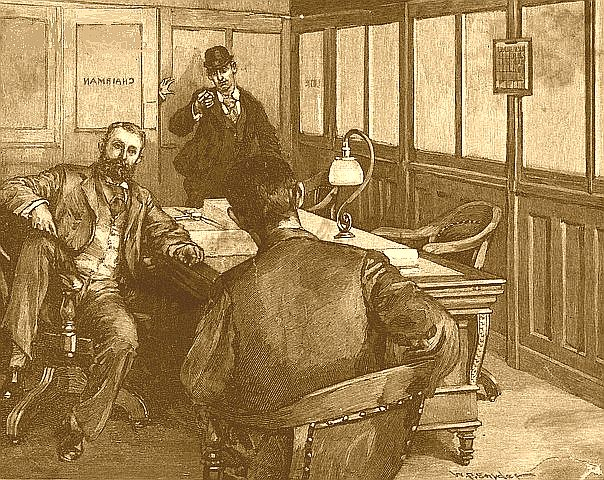 |
| Illustration from W.P.Snyder |
In 1892, during the Homestead strike, anarchist Alexander Berkman attempted to assassinate Frick. On July 23, Berkman, armed with a revolver and a sharpened steel file, entered Frick's office in downtown Pittsburgh.
Frick, realizing what was happening, attempted to rise from his chair while Berkman pulled a revolver and fired at nearly point-blank range. The bullet hit Frick in the left earlobe, penetrated his neck near the base of the skull, and lodged in his back. The impact knocked Frick down, and Berkman fired again, striking Frick for a second time in the neck and causing him to bleed extensively. Carnegie Steel vice president (later, president) John George Alexander Leishman, who was with Frick, was then able to grab Berkman's arm and prevented a third shot, probably saving Frick's life.
Frick was seriously wounded, but rose and (with the assistance of Leishman) tackled his assailant. All three men crashed to the floor, where Berkman managed to stab Frick four times in the leg with the pointed steel file before finally being subdued by other employees and a carpenter, who had rushed into the office. The carpenter also hit Berkman with a hammer during the scuffle.
Frick was back at work in a week; Berkman was charged and found guilty of attempted murder. Berkman's actions in planning the assassination clearly indicated a premeditated intent to kill, and he was sentenced to 22 years in prison. Negative publicity from the attempted assassination resulted in the collapse of the strike. Approximately 2,500 men lost their jobs, and most of the workers who stayed had their wages halved.
 Top 10 Most Mysterious People In The World Top 10 Most Mysterious People In The World There are things on earth that we have never found out, as for the list of the 10 most mysterious people in the world right ... |
7. Victoria, queen of the United Kingdom
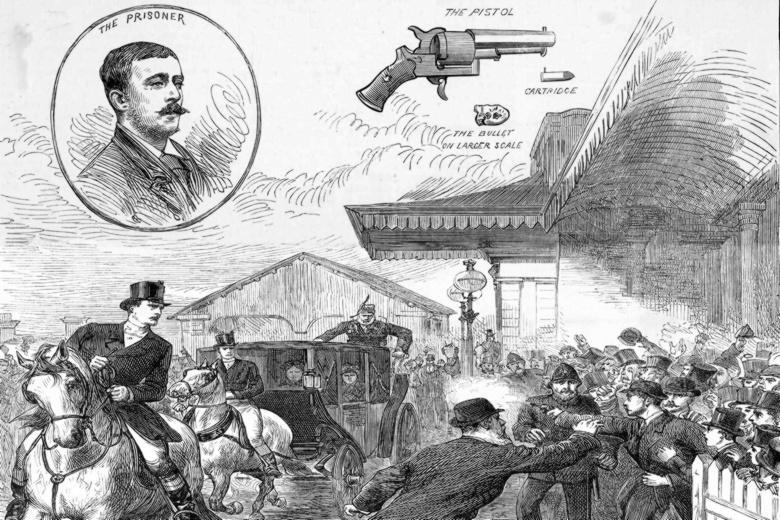 |
| At his trial Roderick Maclean said he had not really meant to harm the Queen, but merely to alarm her REX FEATURES |
Roderick Edward Maclean (c. 1854 – 8 June 1921) was a Scotsman who attempted to assassinate Queen Victoria on 2 March 1882, at Windsor, England, with a pistol. This was the last of eight attempts by separate people to kill or assault Victoria over a period of four decades. Maclean's motive was purportedly a curt reply to some poetry that he had mailed to the Queen.
The attempted murder followed the arrival of the Royal train, conveying the Queen, Princess Beatrice and the Court from Windsor. Queen Victoria had just walked across the platform of Windsor station to a carriage in waiting when Maclean, who was standing at the entrance of the station yard among a number of spectators, deliberately fired a revolver at her. The shot missed, and Maclean was seized by Chief Superintendent Hayes, of the Borough Police, and the weapon wrenched from his grasp by someone in the crowd. – Birmingham Daily Gazette, 1921
Other accounts state that the revolver was a toy and that his aim was disrupted by an Eton schoolboy:
The weapon was a mere toy, and the life the beloved monarch was not seriously endangered. A number of Eton boys were round the station at the time, and one of them rushed forward and struck Maclean with his umbrella, disconcerting his aim — which was unlikely enough, in any case, to have been accurate. The boy in question, Gordon Wilson, was called to the Castle by her Majesty and thanked for his promptitude. He was the son of Sir Samuel Wilson, the Australian wool magnate, who introduced salmon into the Australian rivers and afterwards sat in Parliament for a short time for Portsmouth. Gordon Wilson married Lady Sarah Spencer-Churchill, a sister of Lord Randolph and Lady Wimborne. He was killed in the early days of the war. The wretched lunatic, therefore, survived all the other chief actors in his poor little drama, paying dearly for his brief notoriety. He had, however, the distinction of undergoing trial for high treason. – Lichfield Mercury, 1921.
6. Andrew Jackson, president of the United States
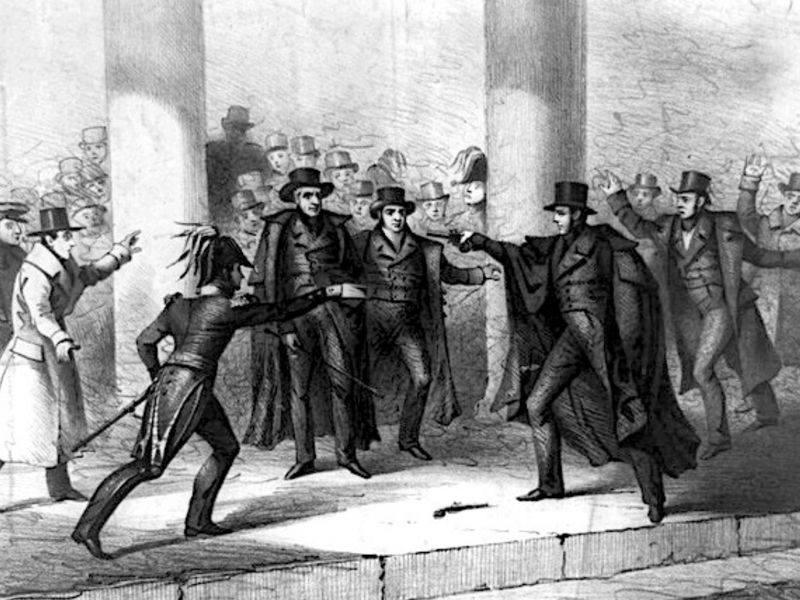 |
| An unemployed painter named Richard Lawrence attempted to assassinate President Andrew Jackson in January 1835. (Library of Congress) |
On January 30, 1835, politicians gathered in the Capitol Building for the funeral of South Carolina Representative Warren Davis. It was a dreary, misty day and onlookers observed that it was one of the rare occasions that could bring the fiercest of political rivals side by side on peaceable terms. But the peace wasn’t meant to last.
President Andrew Jackson was among their number that day. At 67, Jackson had survived more than his fair share of maladies and mishaps—some of them self-provoked, such as the bullet lodged in his chest from a duel 30 years earlier. “General Jackson is extremely tall and thin, with a slight stoop, betokening more weakness than naturally belongs to his years,” wrote Harriet Martineau, a British social theorist, in her contemporaneous travelogue Retrospect of Western Travel.
As Jackson exited the East Portico at the end of the funeral, Richard Lawrence, an unemployed painter, accosted him. Lawrence pulled a Derringer pistol from his jacket, aimed at Jackson, and fired. Although the cap fired, the bullet failed to be discharged.
As Lawrence withdrew a second pistol, Jackson charged his would-be assassin. “Let me alone! Let me alone!” he shouted. “I know where this came from.” He then attempted to batter the attacker with his cane. Lawrence fired his second gun—but this one, too, misfired.
Within moments, Navy Lieutenant Thomas Gedney and Tennessee congressman Davy Crockett had subdued Lawrence and hurried the president off to a carriage so he could be transported to the White House. When Lawrence’s two pistols were later examined, both were found to be properly loaded and well functioning. They “fired afterwards without fail, carrying their bullets true and driving them through inch boards at thirty feet,” said U.S. Senator Thomas Hart Benton. An arms expert later calculated that the likelihood of both pistols misfiring was 125,000 to 1.
It was the first attempt to assassinate a sitting president, and in the aftermath, attention was focused less on how to keep the President safe and more on the flinging of wild accusations. Jackson himself was convinced the attack was politically motivated, and charged rival politician George Poindexter with hiring Lawrence. No evidence was ever found of this, and Poindexter was cleared of all wrongdoing.
5. Napoleon, first consul of France
 |
| Photo: Military History Now |
Napoleon was in his first year as first consul of France in 1800 as he sought to restore stability after the chaos of the French Revolution and there were various plots to assassinate him. Among Napoleon’s foes were royalists who wanted to re-establish the Bourbon dynasty, and it was they who hatched a plot to blow up Napoleon on Christmas Eve, 1800. Napoleon was due to attend a concert at a theater in Paris when the conspirators mistimed igniting a bomb that was stored in a wine barrel. The ensuing blast killed bystanders but Napoleon was unscathed.
 Top 13 Most Notorious Serial Killers In The World Of All Time Top 13 Most Notorious Serial Killers In The World Of All Time The world has known many serial killers. We try to rank top 13 most evil and notorious serial killers by number that the world has ... |
4. George III, king of United Kingdom
James Hadfield or Hatfield (1771/1772 – 23 January 1841) attempted to assassinate George III of the United Kingdom in 1800 but was acquitted of attempted murder by reason of insanity.
Hadfield's early years are unknown but he was severely injured at the Battle of Tourcoing in 1794. Before being captured by the French, he was struck eight times on the head with a sabre, the wounds being prominent for the rest of his life. After returning to England, he became involved in a millennialist movement and came to believe that the Second Coming of Jesus Christ would be advanced if he himself were killed by the British government. He therefore resolved, in conspiracy with Bannister Truelock, to attempt the assassination of the King and bring about his own judicial execution.
On the evening of 15 May 1800, at the Theatre Royal, Drury Lane, during the playing of the national anthem, Hadfield fired a pistol at the King standing in the royal box but missed. Hadfield was tried for high treason and was defended by Thomas Erskine, the leading barrister of that era. Hadfield pleaded insanity but the standard of the day for a successful plea was that the defendant must be "lost to all sense ... incapable of forming a judgement upon the consequences of the act which he is about to do". Hadfield's planning of the shooting appeared to contradict such a claim. Due to the 1795 Treason Act, there was little distinction between plotting treason and actually committing treason, thus Erskine chose to challenge the insanity test, instead contending that delusion "unaccompanied by frenzy or raving madness [was] the true character of insanity". Two surgeons and a physician testified that the delusions were the consequence of his earlier head injuries. The judge, Lloyd Kenyon, 1st Baron Kenyon, at this point halted the trial declaring that the verdict "was clearly an acquittal" but "the prisoner, for his own sake, and for the sake of society at large, must not be discharged".
Up to that time, defendants acquitted by reason of insanity had faced no certain fate and had often been released back to the safe-keeping of their families. Parliament speedily passed the Criminal Lunatics Act 1800 to provide for the indefinite detention of insane defendants (and the Treason Act 1800 to make it easier to prosecute people for attempts on the life of the king). Hadfield later inspired further use of pleading insanity several years later during the case of Colonel Edward Despard. Hadfield was detained in Bethlem Royal Hospital for the rest of his life, save for a short period when he escaped. He was recaptured at Dover attempting to flee to France and was briefly held at Newgate Prison before being transferred to the newly opened criminal department at Bethlem (or Bedlam, as it was known). He died there of tuberculosis in 1841.
3. Houses of Parliament
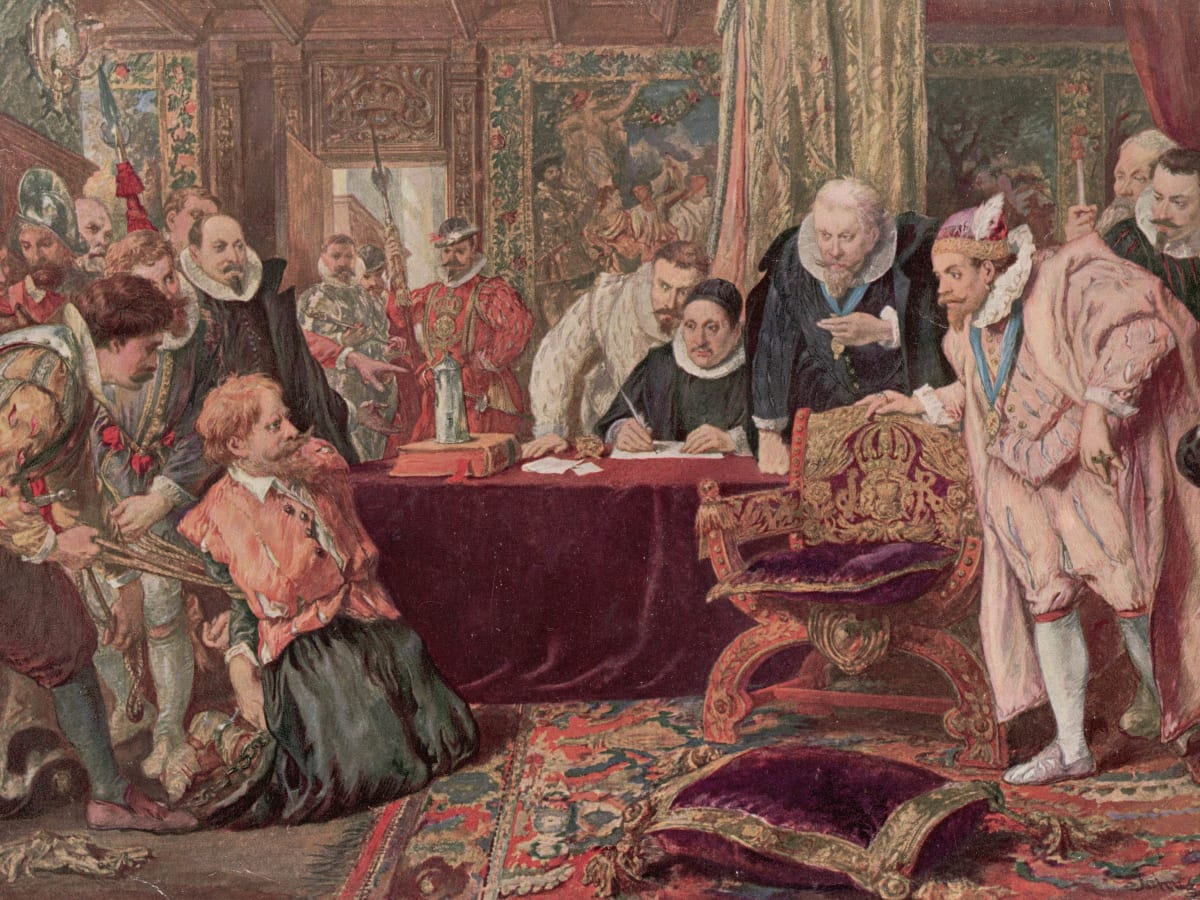 |
| Photo: History |
The Gunpowder Plot was concocted by Catholic conspirators in England to blow up the houses of Parliament as well as King James I and members of the royal family. The plot was thwarted by police who had received an anonymous letter warning of the scheme. One of the conspirators was a man named Guy Fawkes, who was guarding the gunpowder when security arrived to break up the planned attack. Every Nov. 5, people commemorate the foiling of the plot by lighting bonfires and setting off fireworks, and children carry effigies of Guy Fawkes and ask people for a “penny for the Guy.”
2. Zhu Houcong, emperor of China
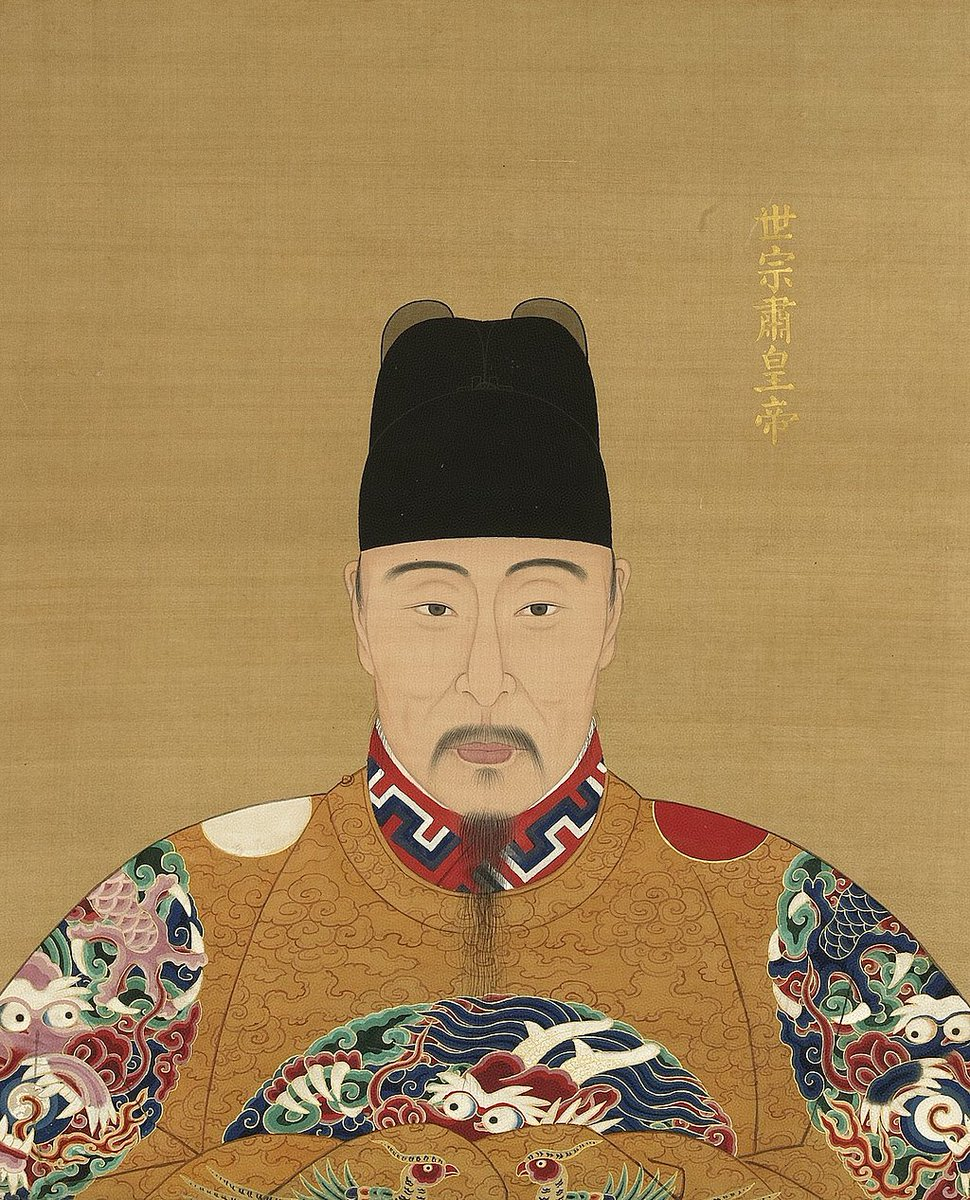 |
| Photo: Twitter |
Due to the Jiajing Emperor's cruelty and promiscuous lifestyle, his concubines and palace maids plotted to assassinate him in October 1542 by strangling him while he slept. His pursuit of eternal life led him to believe that one of the elixirs of extending his life was to force virgin palace maids to collect menstrual blood for his consumption. These arduous tasks were performed non-stop even when the palace maids were taken ill and any unwilling participants were executed on the Emperor's whim. A group of palace maids who had had enough of the emperor's cruelty decided to band together to murder him in an event known as the Renyin Plot (壬寅宮變). The lead palace maid tried to strangle the emperor with ribbons from her hair while the others held down the emperor's arms and legs but made a fatal mistake by tying a knot around the emperor's neck which would not tighten. Meanwhile, some of the young palace maids involved began to panic and one (Zhang Jinlian) ran to the empress. The plot was exposed and on the orders of the empress and some officials, all of the palace maids involved, including the emperor's favourite concubine (Consort Duan) and another concubine (Consort Ning, née Wang), were ordered to be executed by slow slicing and their families were killed. The Jiajing Emperor later determined that Consort Duan had been innocent, and dictated that their daughter, Luzheng, be raised by Imperial Noble Consort Shen.
1. Edward Longshanks, king of England
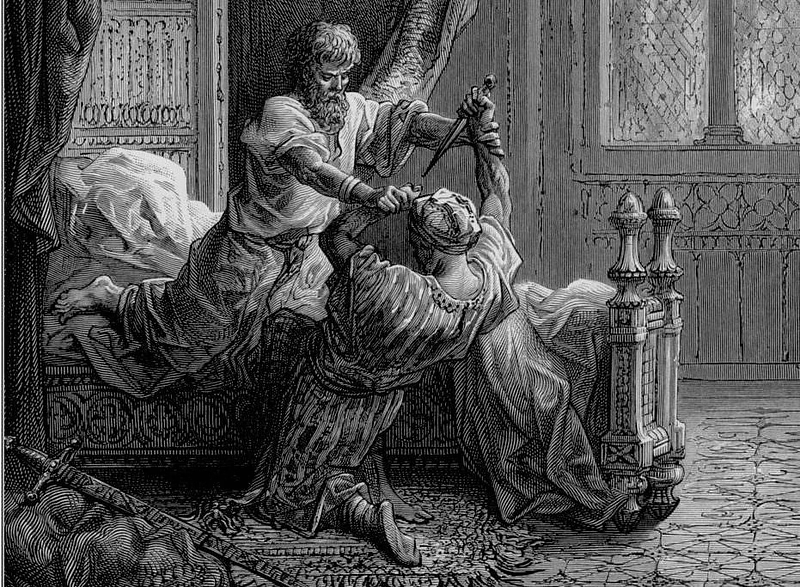 |
| Photo: Gustave Dore Crusades |
One night in June 1272, in the Crusader city of Acre, the English prince Edward and his wife Eleanor were asleep when a spy came asking to meet with Edward. This spy had been a Muslim who had converted to Christianity and had been serving the prince soon after his arrival in the Holy Land. Edward got out of bed, and wearing just his underclothes had the spy brought in to see him. According to the account of the Templar of Tyre, what happened next was this: “The Saracen met him and stabbed him on the hip with a dagger, making a deep, dangerous wound. The Lord Edward felt himself struck, and he struck the Saracen a blow with his fist, on the temple, which knocked him senseless to the ground for a moment. The the Lord Edward caught up a dagger from the table which was in the chamber, and stabbed the Saracen in the head and killed him.”
The prince was not yet out of danger, for according to most sources, the assassin’s dagger had been covered in poison. As the alarm was raised throughout Acre, officials and doctors came running to help. What happened next depends on which chronicle you read. One version explains that it was Edward’s wife Eleanor who saved him by sucking out the poison with her mouth. Another account says that an English surgeon was called in to operate on Edward, and he proceeded to cut away the inflected flesh around the wound. In this story, Eleanor started to cry, prompting the annoyed surgeon to ask that she be taken away; since it was better that she should weep now rather than have the whole of England do it later. What Edward thought of all this has sadly gone unrecorded.
 Top 10 Most Beautiful and Hottest Female Models in Italy - Updated Top 10 Most Beautiful and Hottest Female Models in Italy - Updated Who is your favorite hottest Italian model? Check out right below the list of the 10 hottest female models in Italy today. |
 Top 10 Hottest Female Models in UK Today Top 10 Hottest Female Models in UK Today England is swarming with a sea of beautiful “glamour models.” Check out the list of the 10 hottest models in the UK right below! |
 Top 10 Most Hottest Female Models in France Today Top 10 Most Hottest Female Models in France Today Models in France are well-known worldwide for their beauty and talent. Check out right below a list of the 10 most beautiful female models in ... |
 Top 10 Richest Tennis Players In The World Today Top 10 Richest Tennis Players In The World Today A professional tennis player has to be really hardworking and dedicated towards his goals to reach the very top, therefore they deserved the tennis's rewards. ... |


























